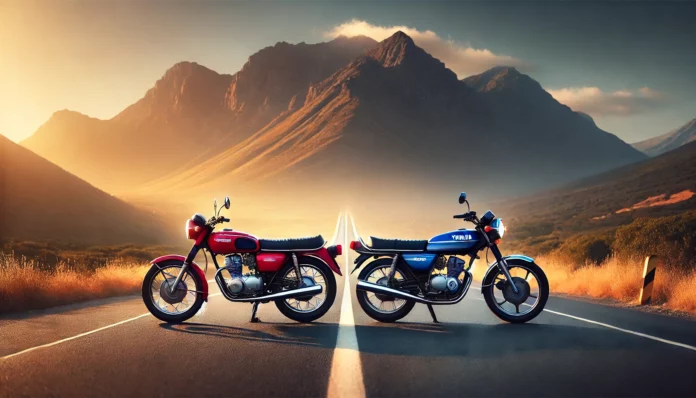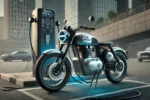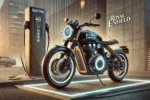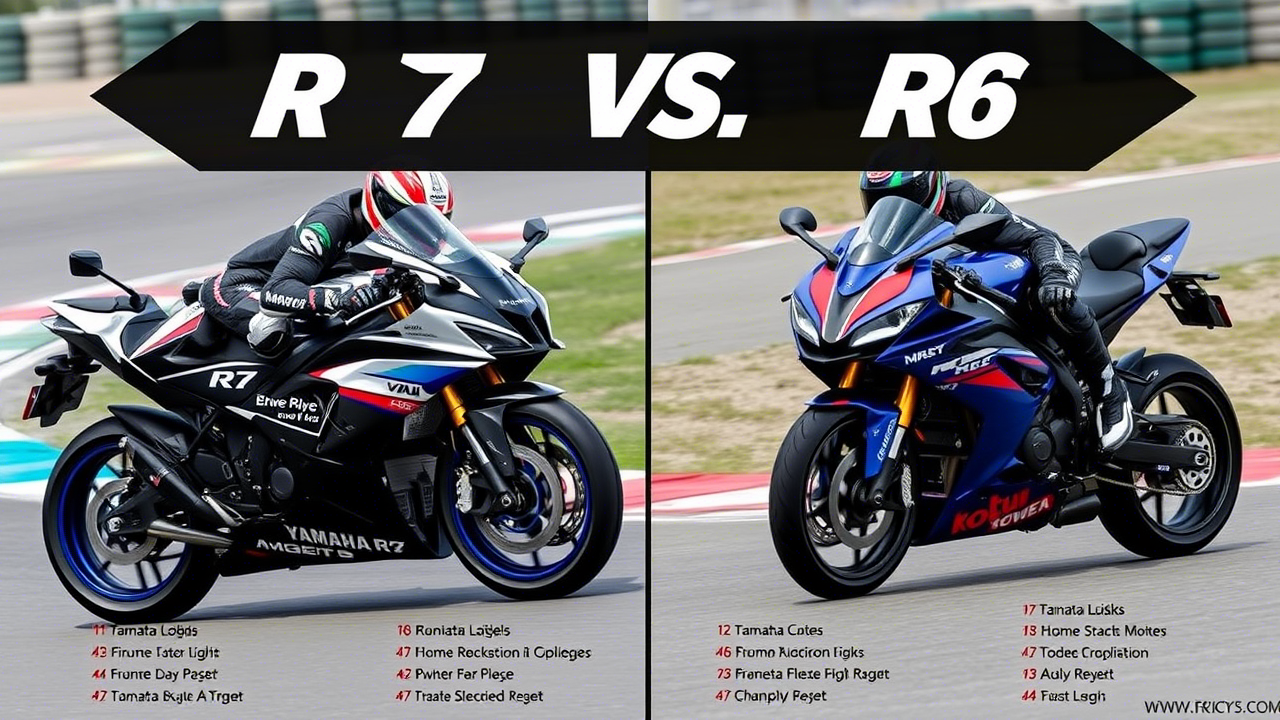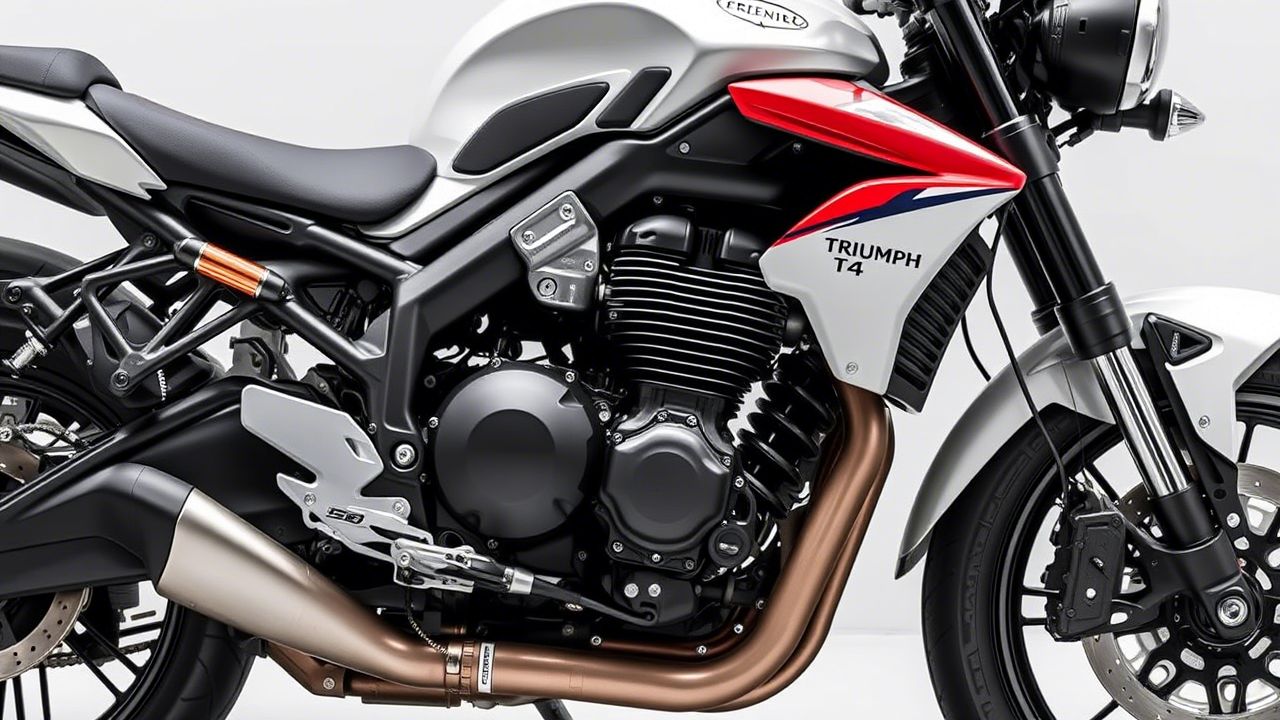The Rajdoot 350 and Yamaha RD350 share a deep-rooted connection in motorcycle history. While the RD350 was a global phenomenon, the Rajdoot 350 was its Indian counterpart, produced under Escorts Group. Though they were essentially the same bike, certain modifications and tuning differences made them unique. Even today, this forgotten rivalry sparks debates among vintage bike enthusiasts.
In this article, we’ll take a detailed look at the differences, similarities, performance, and legacy of these two legendary motorcycles.
The Origins of the Rivalry
The Yamaha RD350 debuted in the early 1970s as a performance-oriented two-stroke motorcycle. It quickly gained a reputation for its blazing speed, aggressive powerband, and racing capabilities. Recognizing the potential of this machine, India’s Escorts Group partnered with Yamaha to introduce a local version – the Rajdoot 350.
Launched in the 1980s, the Rajdoot 350 was marketed as a powerful yet practical motorcycle for Indian riders. However, due to cost-cutting and fuel-conscious modifications, it never quite matched the international RD350’s raw performance. This created an ongoing debate on which bike was superior.
Rajdoot 350 vs Yamaha RD350: Key Differences
| Feature | Rajdoot 350 | Yamaha RD350 |
|---|---|---|
| Engine | 347cc, twin-cylinder, air-cooled, two-stroke | 347cc, twin-cylinder, air-cooled, two-stroke |
| Power Output | 21-27 bhp (LT & HT versions) | 39-40 bhp |
| Torque | 32 Nm @ 6500 rpm | 38 Nm @ 6500 rpm |
| Top Speed | 130-150 km/h | 160-180 km/h |
| Fuel Efficiency | 20-25 km/l | 15-20 km/l |
| Braking System | Drum brakes (front & rear) | Disc brake (front), drum brake (rear) |
| Weight | 155 kg | 150 kg |
| Market Positioning | More affordable, fuel-efficient | High-performance, premium pricing |
Performance Comparison
- Engine & Power
- The Yamaha RD350 was significantly more powerful, offering up to 40 bhp, while the Rajdoot 350 was detuned to a maximum of 27 bhp.
- The Rajdoot 350’s LT (Low Torque) version was tuned for better mileage, whereas the HT (High Torque) variant provided slightly more power but still fell short of the RD350.
- Speed & Acceleration
- The RD350 had a higher top speed (160-180 km/h), whereas the Rajdoot 350 maxed out at around 130-150 km/h.
- The RD350’s quick acceleration and powerband made it a beast on the streets and race tracks.
- Handling & Braking
- The Rajdoot 350 used drum brakes on both wheels, while the Yamaha RD350 featured a front disc brake, giving it superior stopping power.
- Both bikes had excellent road grip and handling, but the RD350 felt more refined and race-ready.
- Fuel Efficiency & Maintenance
- The Rajdoot 350 was more fuel-efficient, making it a better choice for long-distance riders in India.
- The RD350’s high fuel consumption and expensive maintenance made it a costly affair.
Why the Rajdoot 350 Was More Popular in India
Despite being less powerful, the Rajdoot 350 became a cult classic in India due to:
- Affordability – It was priced lower than the RD350, making it accessible to a wider audience.
- Fuel Efficiency – With mileage figures of 20-25 km/l, it was more practical than the fuel-hungry RD350.
- Easier Maintenance – Since it was detuned, it required less frequent repairs and was easier to service.
- Branding & Availability – Marketed under Rajdoot, a trusted Indian brand, it had strong dealer support.
Why the Yamaha RD350 Was Superior
For speed enthusiasts and racers, the Yamaha RD350 was unmatched in performance. It was the bike of choice for those who craved:
- Raw Power & Acceleration – With a 40 bhp twin-cylinder engine, it dominated the roads.
- Better Braking & Handling – Equipped with a disc brake, it offered superior safety.
- Racing Legacy – It was widely used in motorsports and drag races, cementing its legendary status.
The Legacy of the Forgotten Rivalry
Today, both bikes enjoy cult status among vintage bike collectors. While the Yamaha RD350 is globally recognized as a performance icon, the Rajdoot 350 holds a special place in Indian motorcycling history.
In the classic bike market, a well-maintained Rajdoot 350 can fetch ₹1.5 lakh to ₹4 lakh, while an RD350 in good condition can command prices as high as ₹5 lakh or more.
Conclusion: Which One is the Ultimate Classic?
The Rajdoot 350 vs Yamaha RD350 rivalry is one of nostalgia, passion, and legacy. While the RD350 remains the ultimate performance machine, the Rajdoot 350 carved its own space as a practical yet thrilling ride.
For Indian riders who valued fuel efficiency and affordability, the Rajdoot 350 was the better choice. But for speed lovers, the RD350 was the king of the road.
FAQs
1. Was the Rajdoot 350 just a rebadged Yamaha RD350?
Yes, but it was detuned for better fuel efficiency and affordability in India.
2. Can I still buy a Rajdoot 350 or Yamaha RD350?
Both are discontinued, but well-maintained models can be found in vintage bike markets.
3. Why is the Yamaha RD350 more expensive today?
Its rarity, superior power, and demand among collectors make it a high-value classic.
4. Which bike is easier to maintain today?
The Rajdoot 350, as it has simpler mechanics and better availability of spare parts.
If you’re a vintage bike lover, owning either of these machines means owning a piece of motorcycle history!

